|
My Son Sanctuary is located in Duy Phu commune (Duy Xuyen district, Quang Nam province ), about 70 km from Da Nang. |
|
The temple complex is located in a valley approximately 2 km in diameter, surrounded by hills and mountains; within a mountain range about 100 m to 400 m high, stretching from the Eastern Truong Son Mountains through My Son to the capital of Tra Kieu. |
|
My Son was a Hindu sanctuary of the Champa Kingdom. Each king, after ascending the throne, would visit My Son to perform purification rituals, offer sacrifices, and build temples. |
|
My Son is the only site of Cham art that showed continuous development from the 7th to the 13th centuries. In the 700s, King Sambhuvarman built the temple using very durable materials, which still stand today. |
|
Subsequent dynasties renovated the old temples and built new ones to offer to the gods. |
|
In 1885, the My Son relics were discovered by a group of French soldiers. In 1898-1899, two researchers from the French Telecommunications Institute, L. Finot and L. de Lajonquière, and the architect and archaeologist H. Parmentier came here to study the stelae and the Cham architectural and sculptural art. |
|
In 1903-1904, the most fundamental documents on the inscriptions and architectural art of My Son were published by L. Finot. |
|
The main temples at My Son enshrine a Linga or image of the god Shiva – the protector of the Champa royal dynasties. The deity worshipped at My Son is Bhadrésvara – the founder of the first royal dynasty of the Amaravati region in the late 4th century, combined with the name of the god Shiva, becoming the main belief in worshipping the god-king and royal ancestors. |
|
The architectural art and exquisite sculptures still leave a strong mark at My Son. |
|
The temples at My Son are divided into several clusters, built according to the same principles. Each cluster consists of a main temple (Kalan), surrounded by smaller towers or auxiliary structures. The main temple symbolizes Mount Meru – the center of the universe, the gathering place of the gods, and the shrine dedicated to the god Shiva. |
|
Currently, My Son Sanctuary attracts many domestic and international tourists who come to visit and explore. Source: https://danviet.vn/anh-thanh-dia-co-o-viet-nam-nhin-tu-tren-cao-dep-nhu-tranh-co-tich-7777902088-print644434.html |


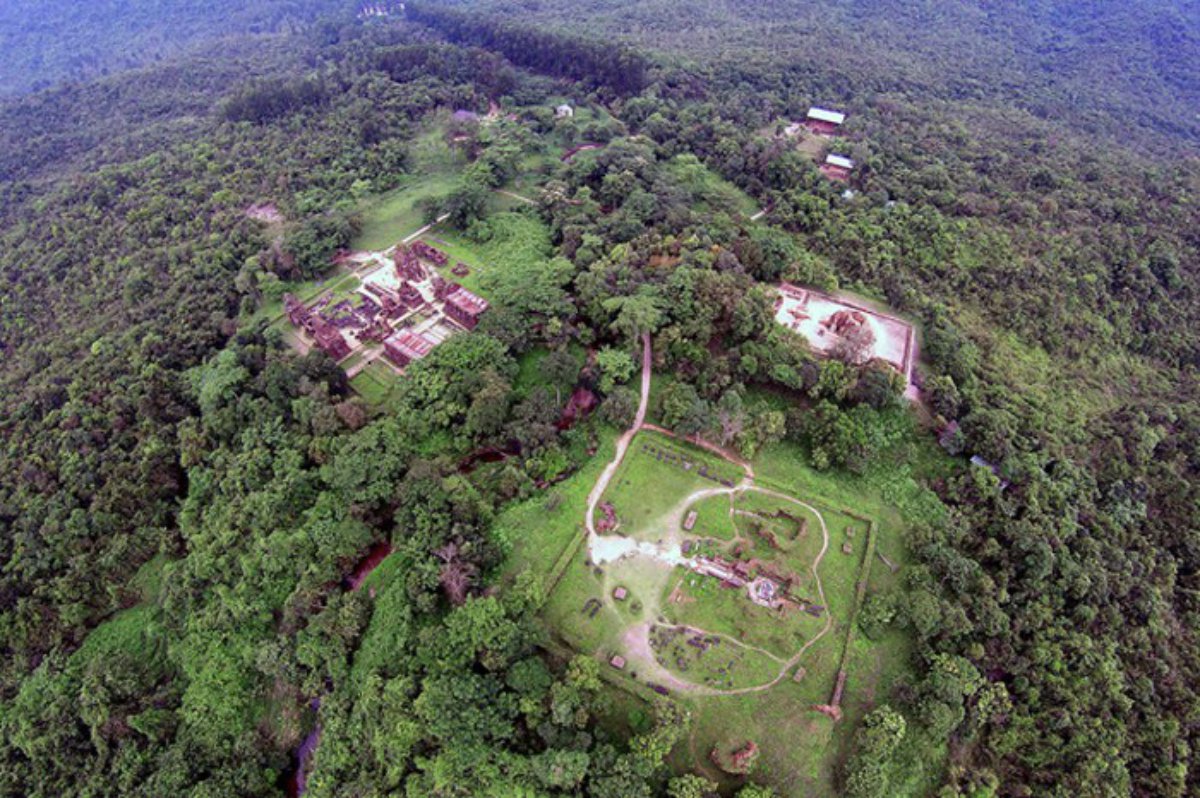
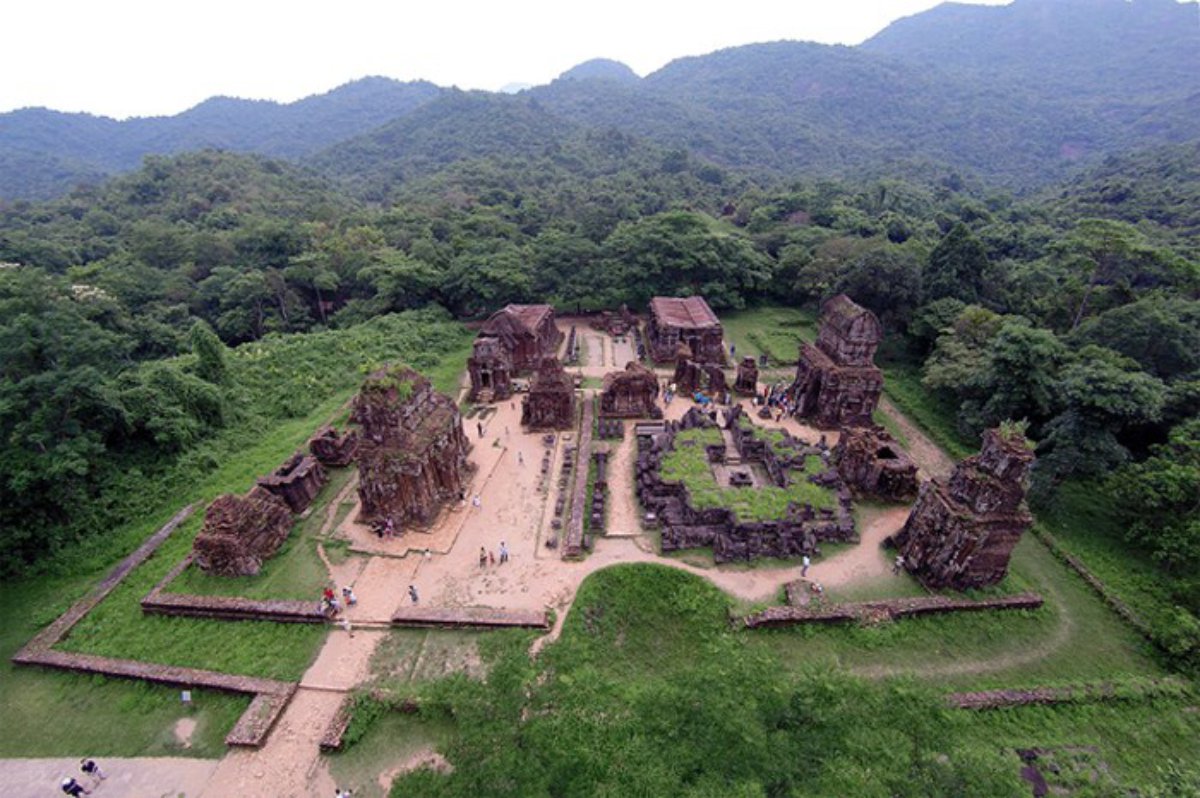
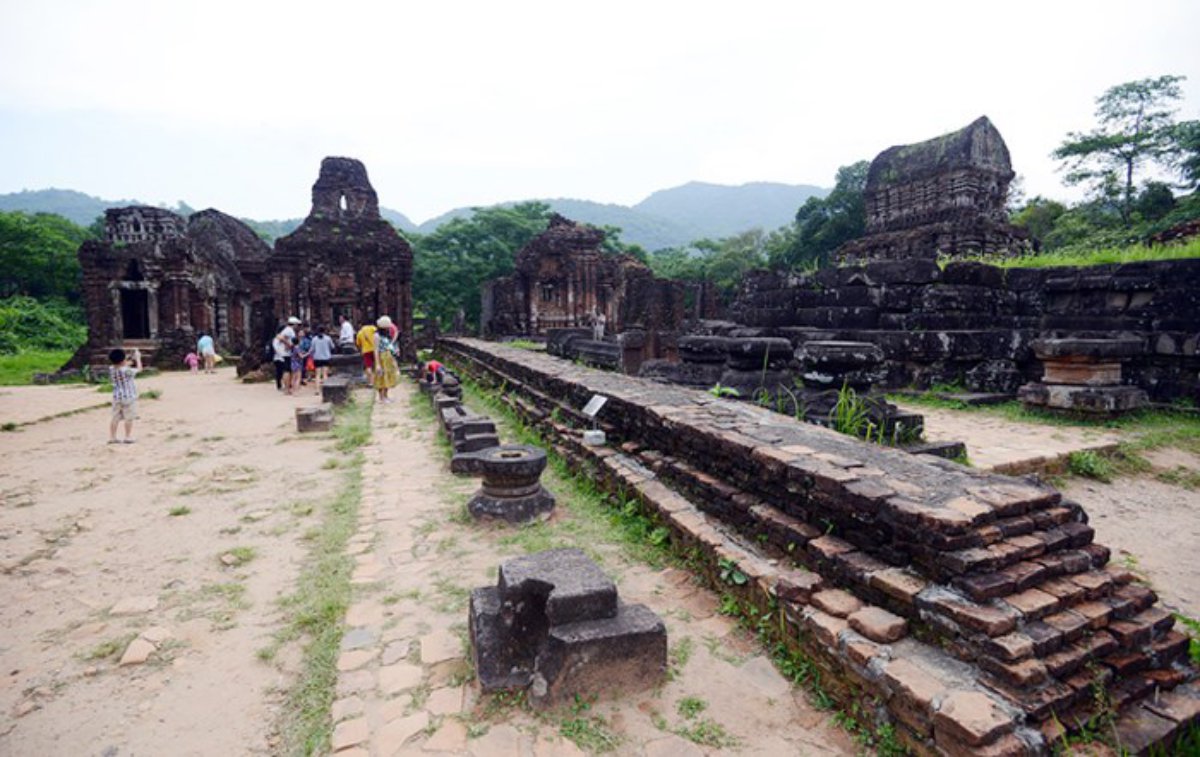
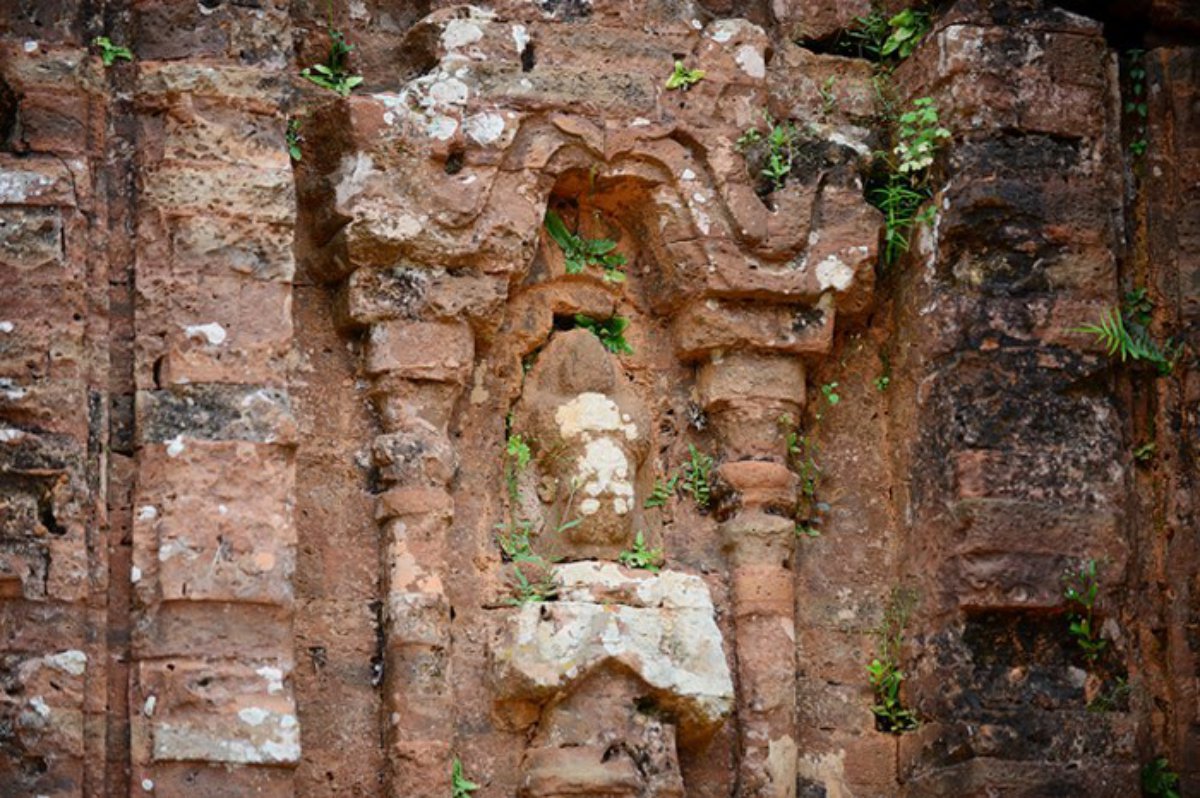
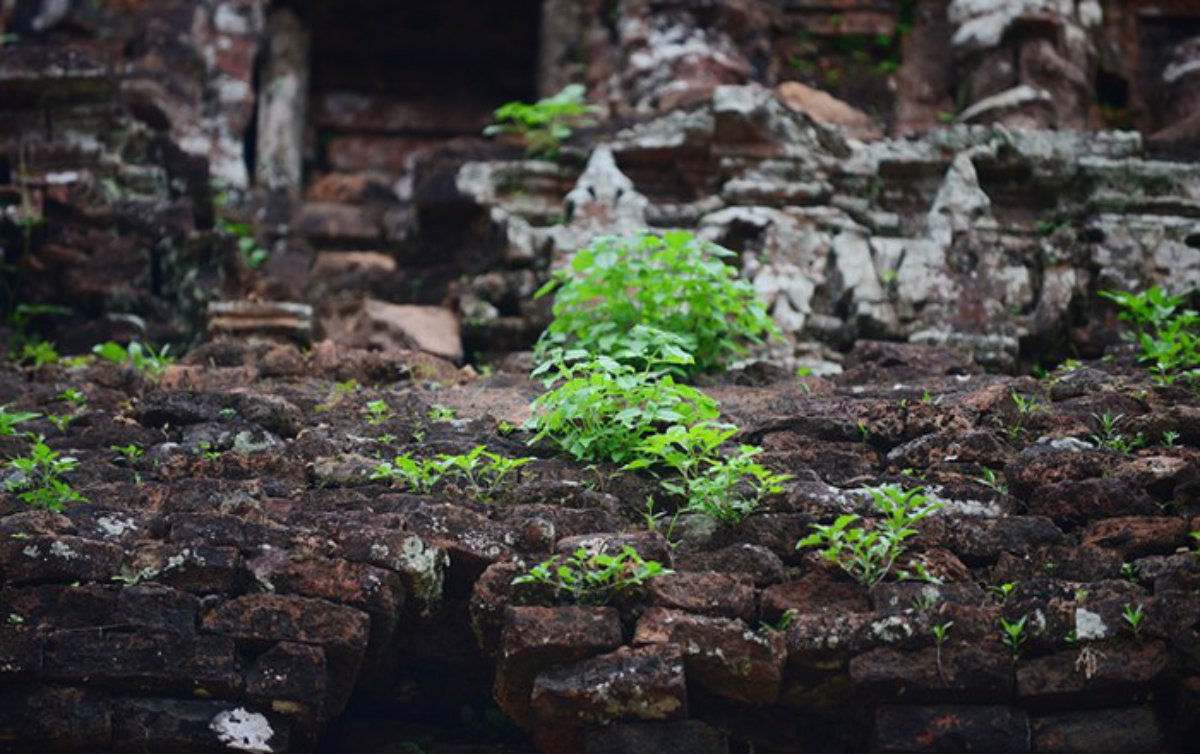
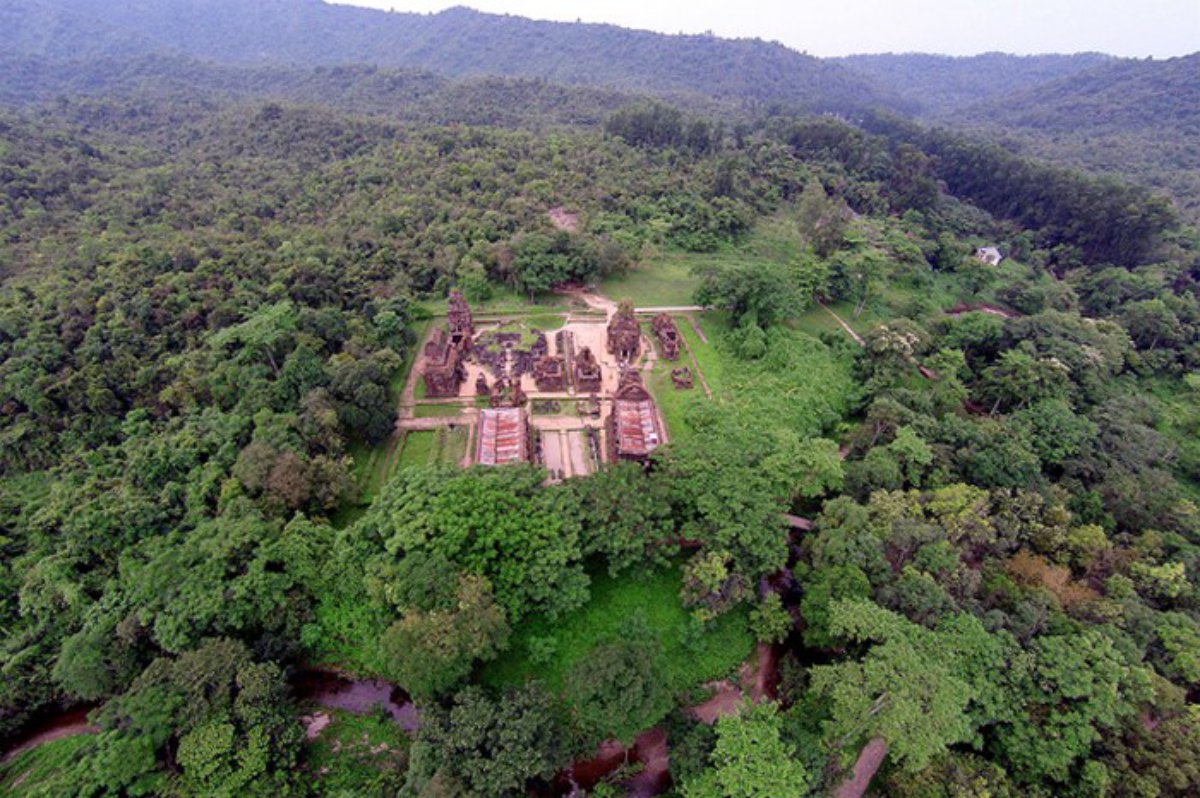
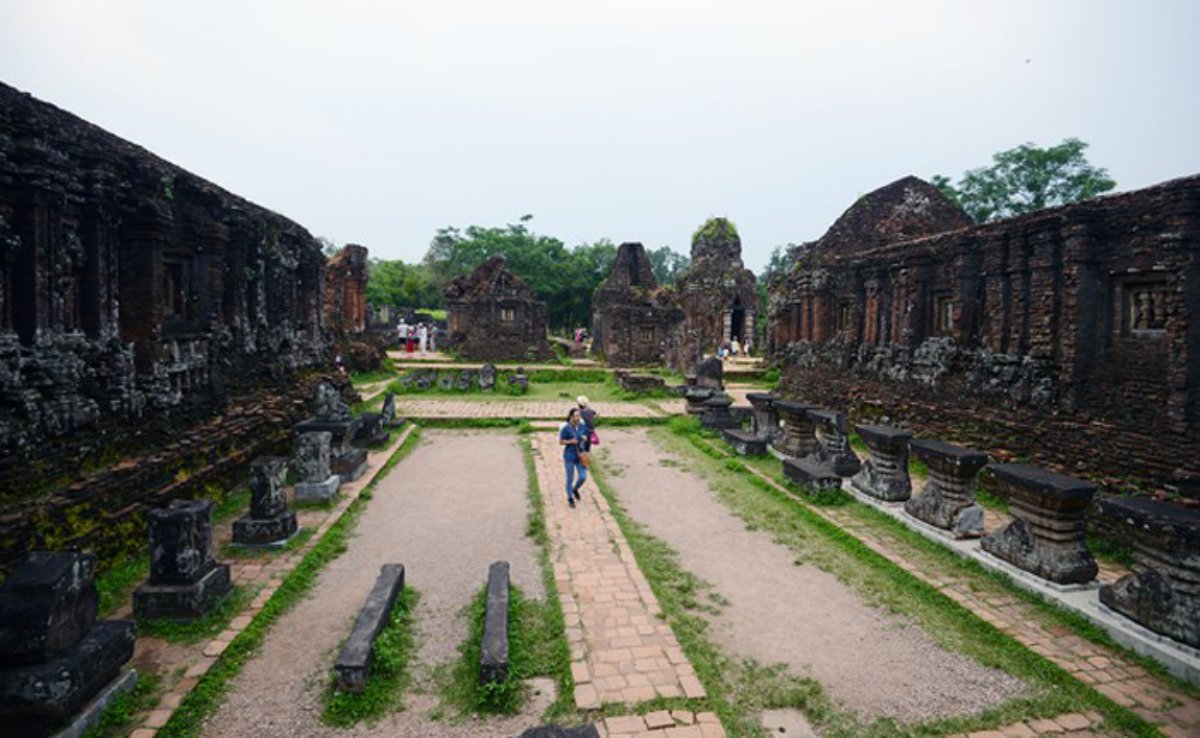
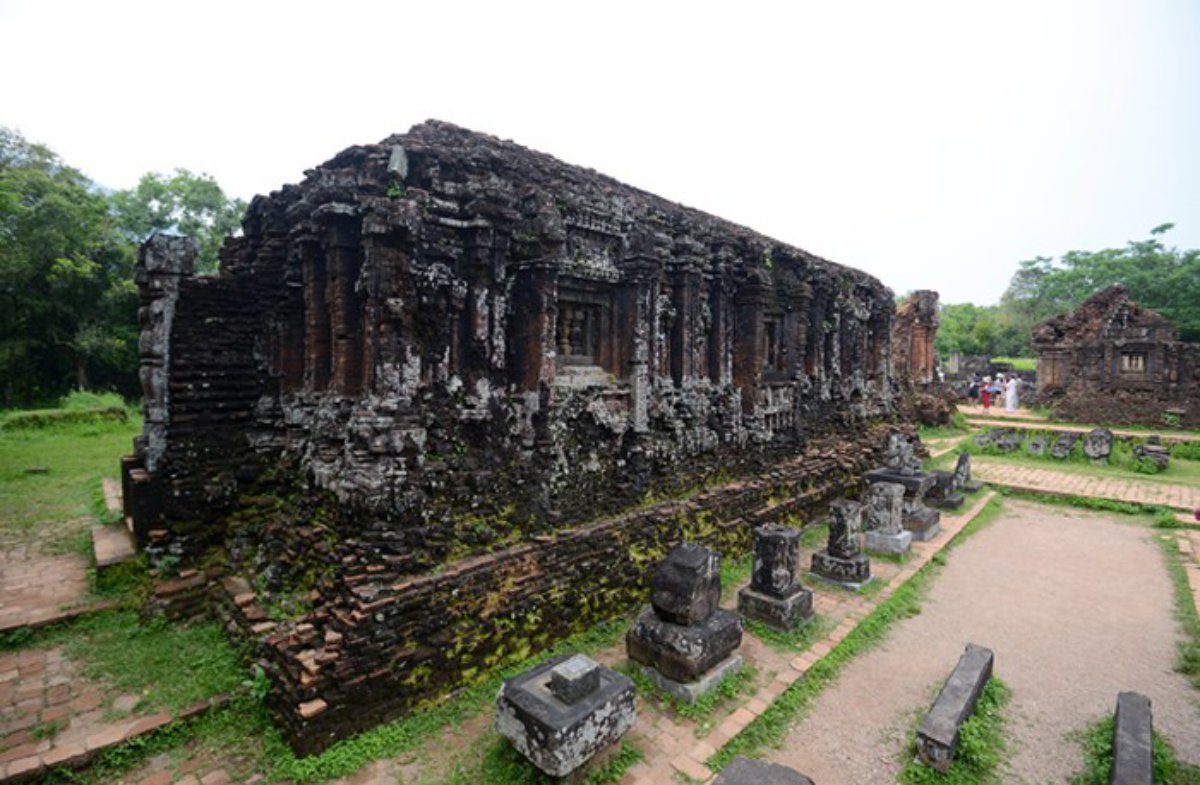
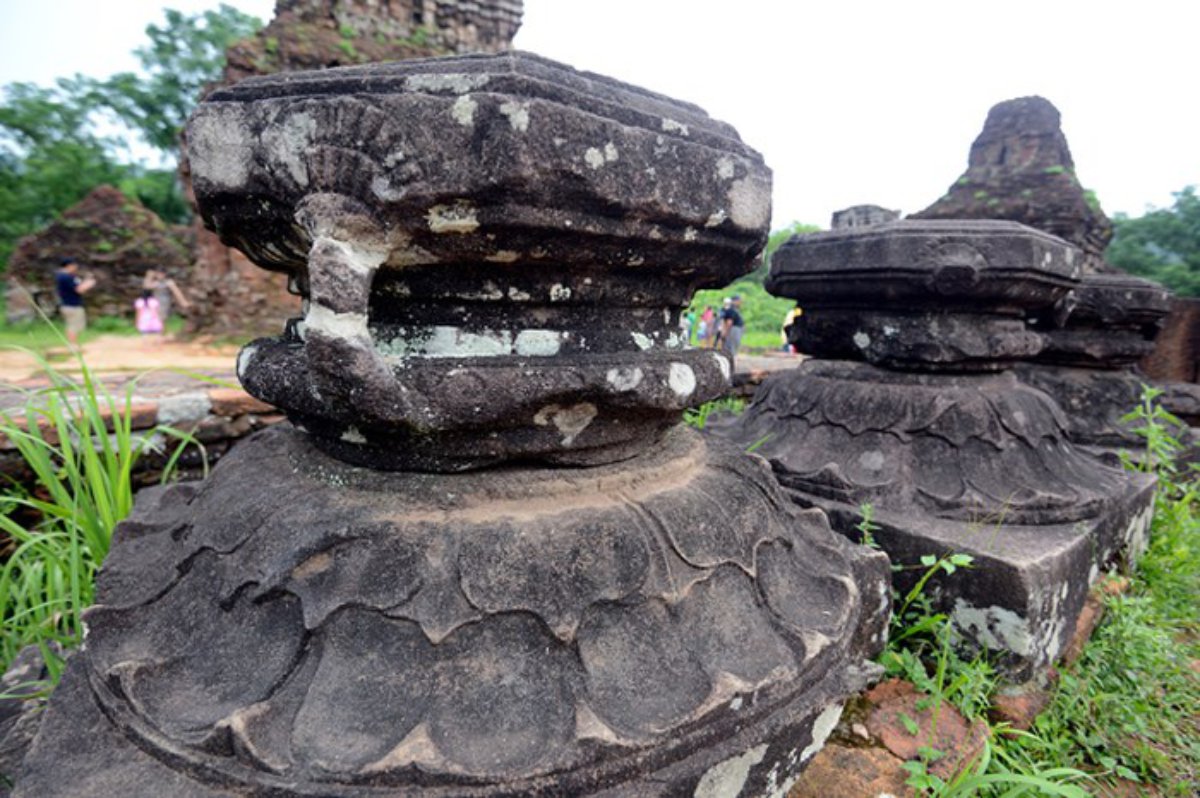
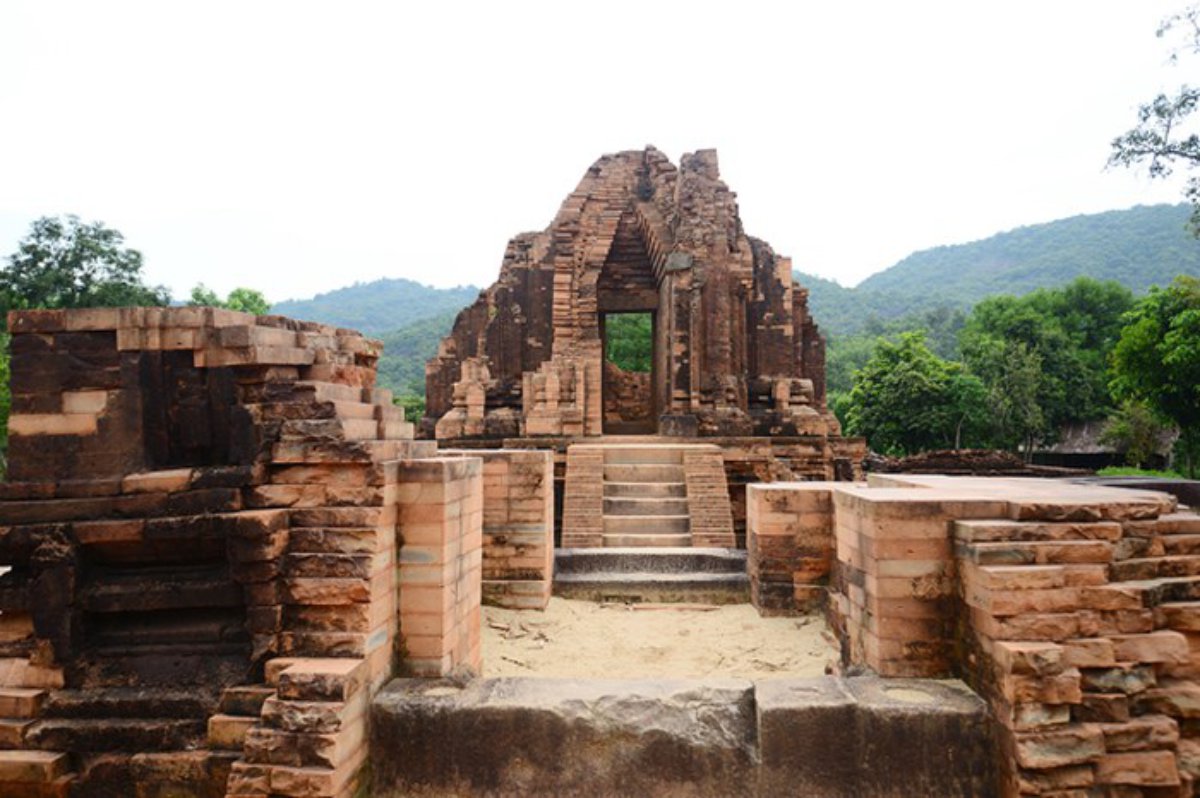
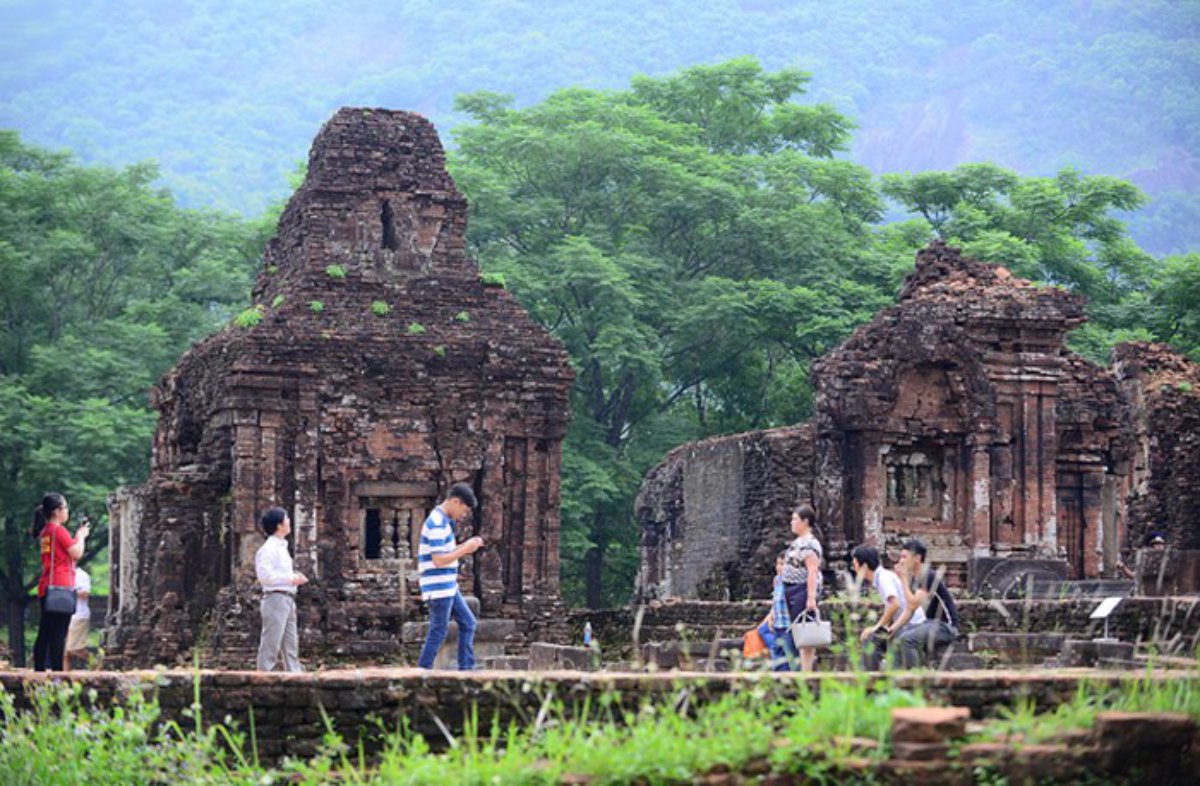








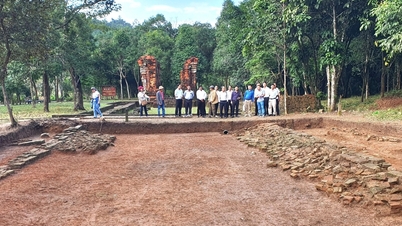

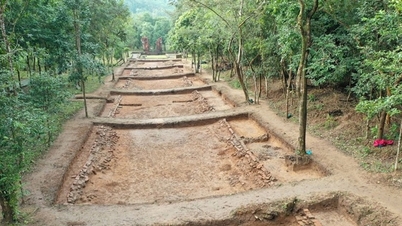

![[Image] Close-up of the newly discovered "sacred road" at My Son Sanctuary](https://vphoto.vietnam.vn/thumb/402x226/vietnam/resource/IMAGE/2025/12/13/1765587881240_ndo_br_ms5-jpg.webp)

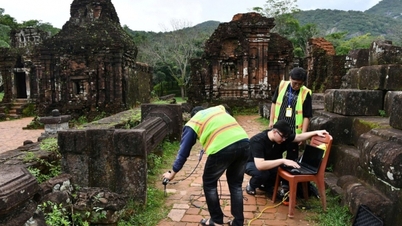

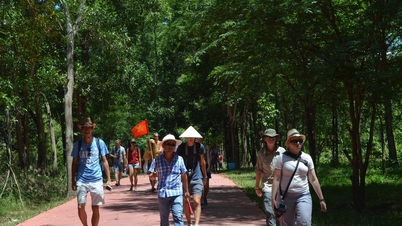


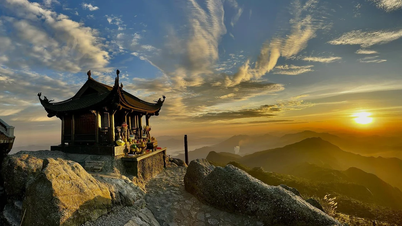



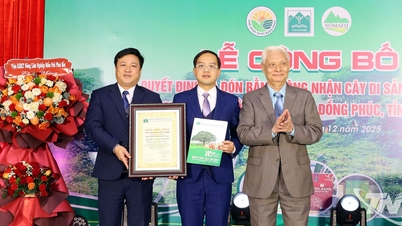



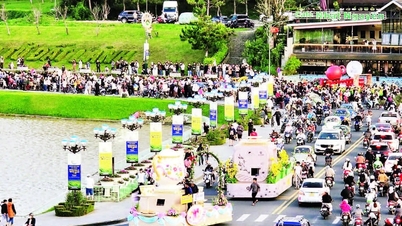





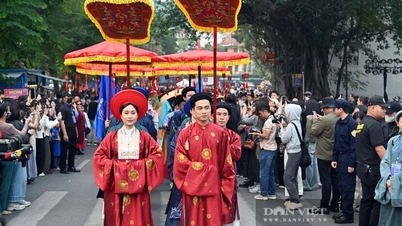
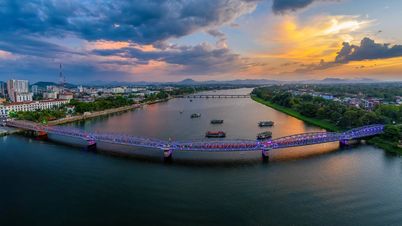
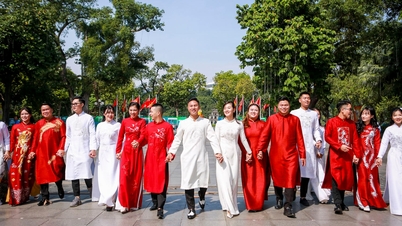

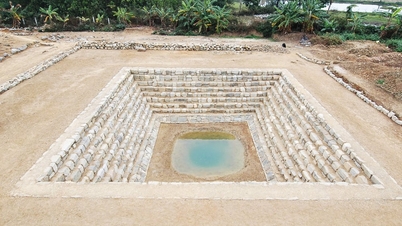
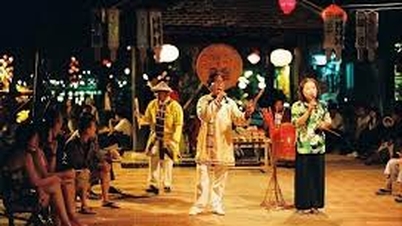
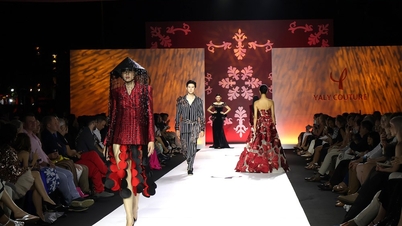


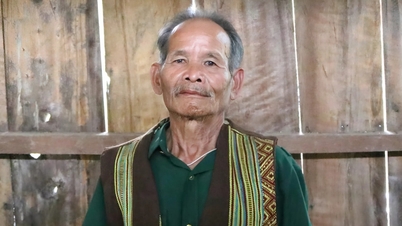

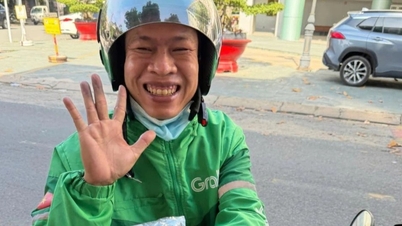




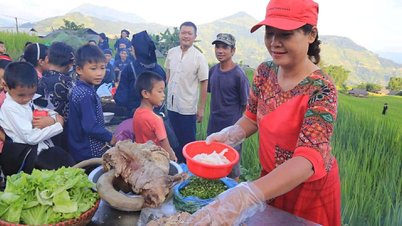

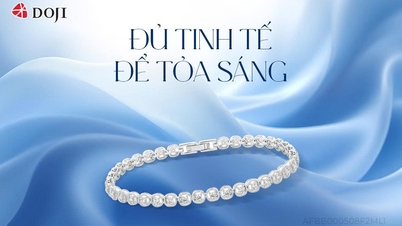



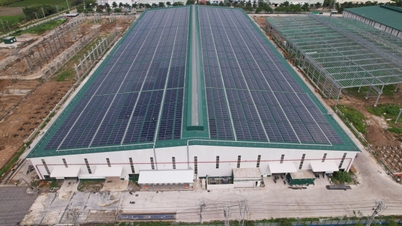


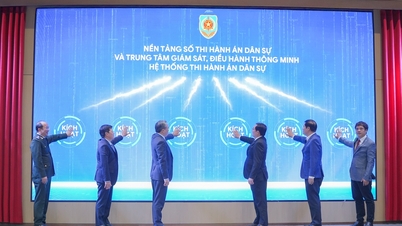






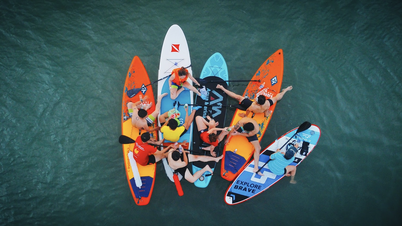
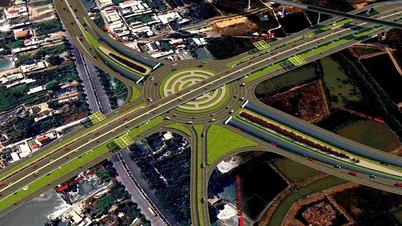

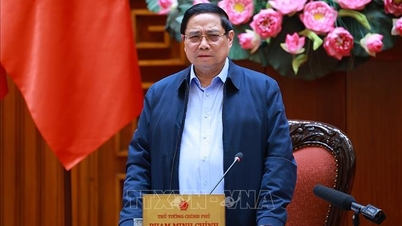



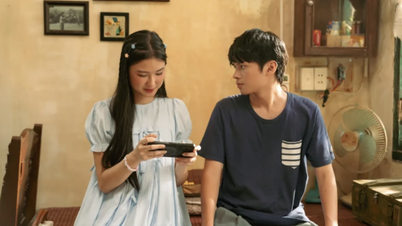



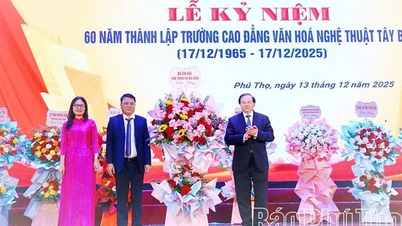
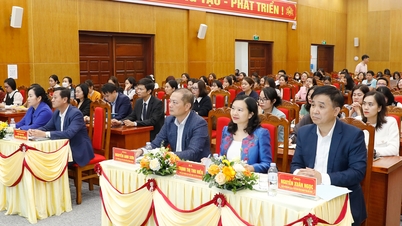

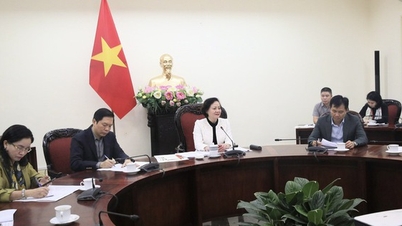
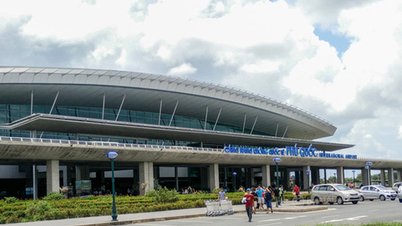
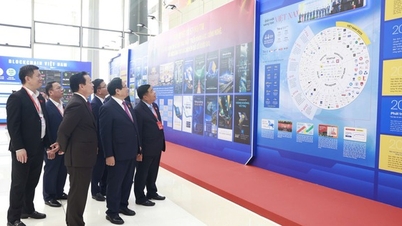
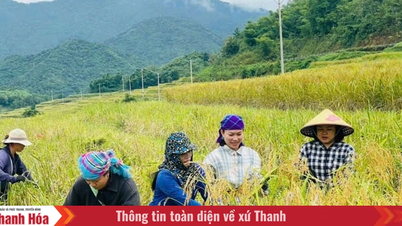

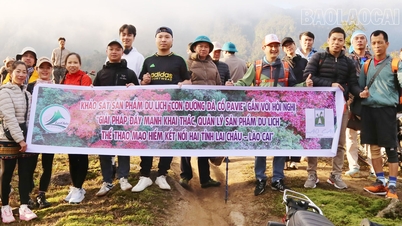

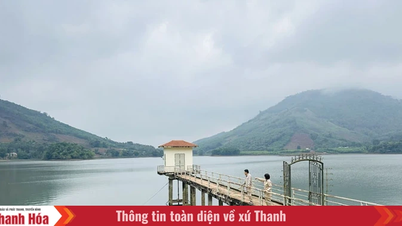
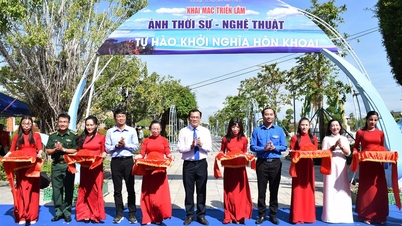
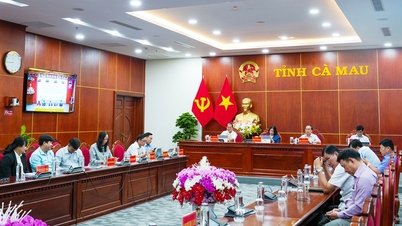
















Comment (0)